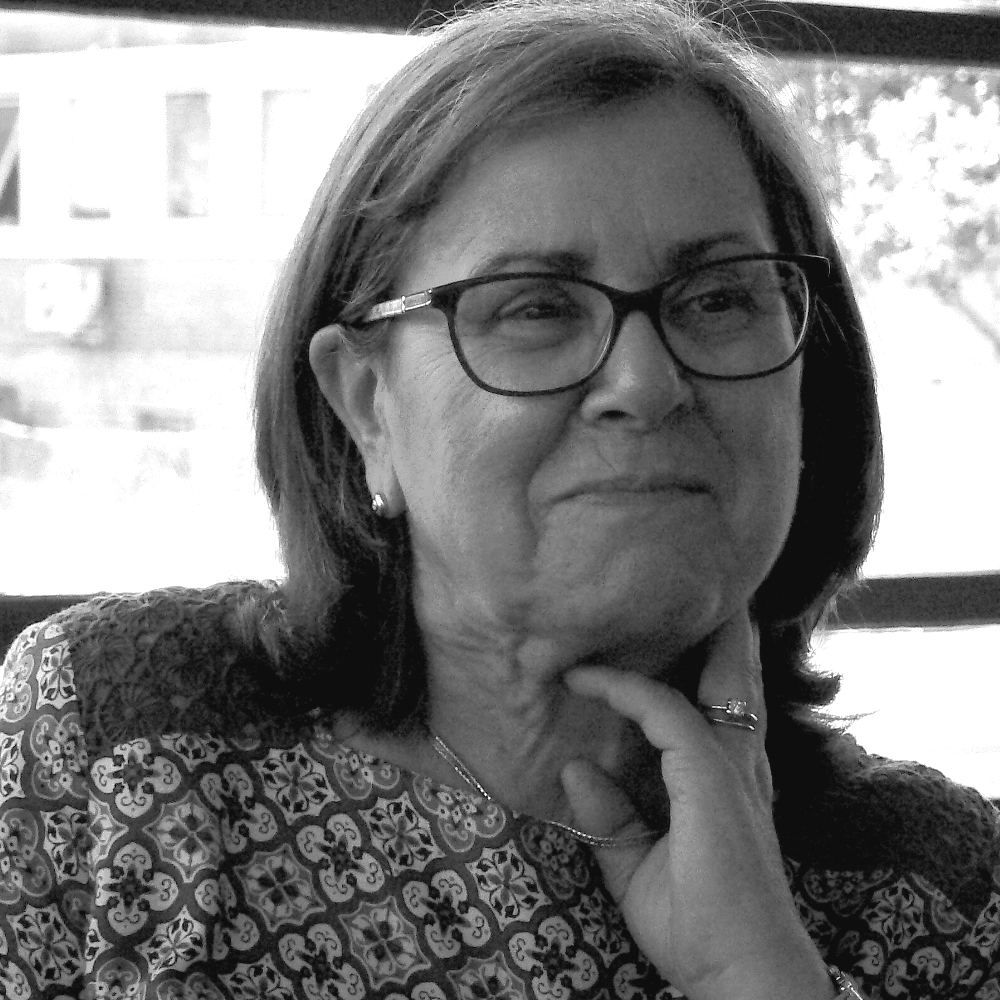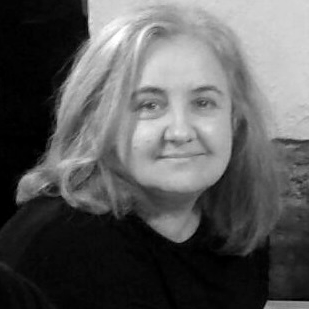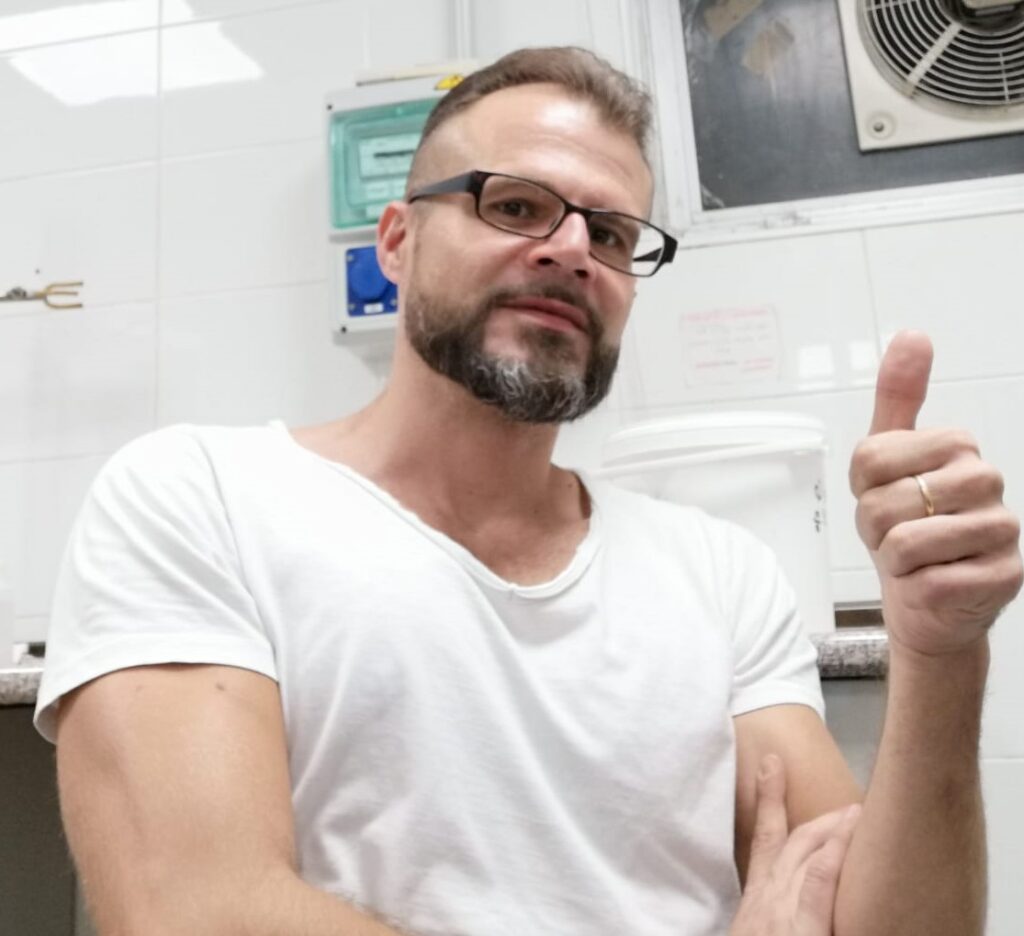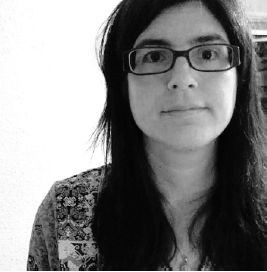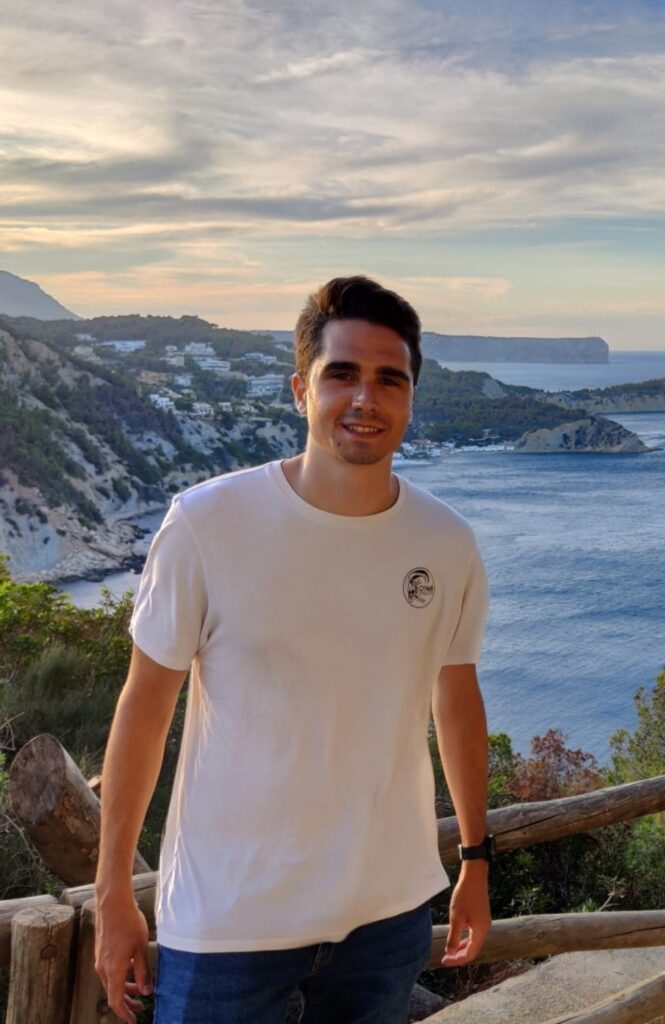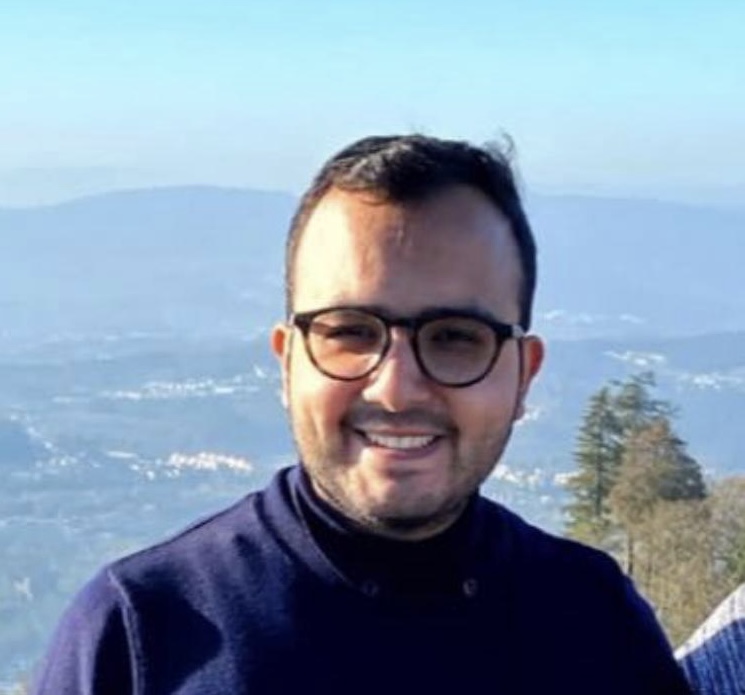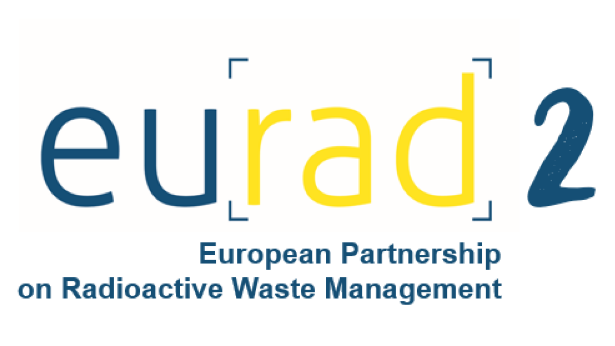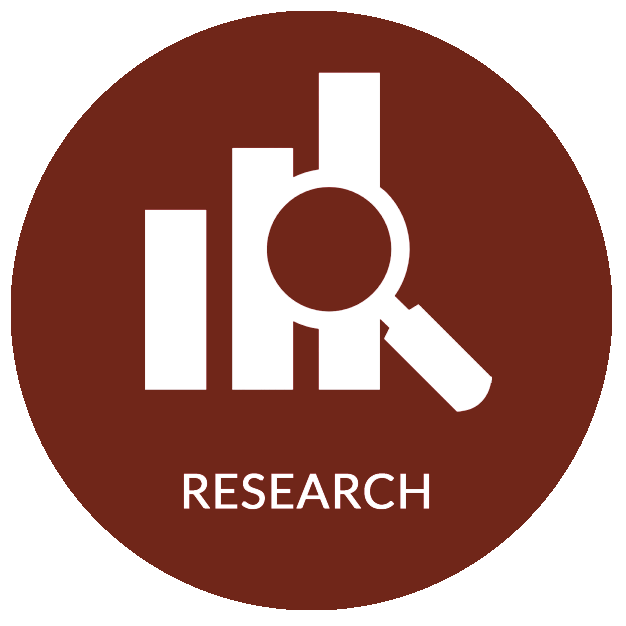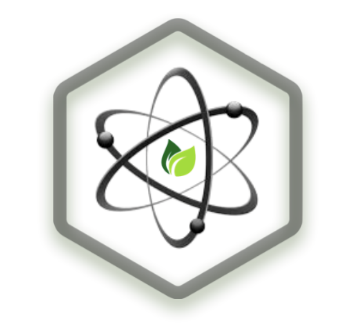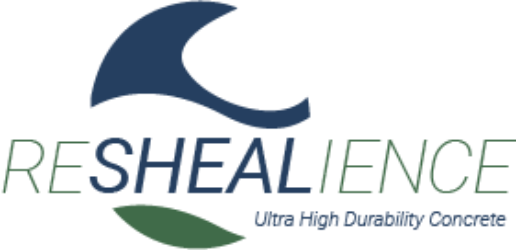Mission
 The group Risk and safety management is formed by a multidisciplinary profile team. Its activity is focused on the investigation on sustainable, durable, efficiency and safe technologies for the identification, analysis, evaluation and/or prediction of risks which affect the materials and structures during each stage of the life cycle keeping in mind social, environmental and economic factors.
The group Risk and safety management is formed by a multidisciplinary profile team. Its activity is focused on the investigation on sustainable, durable, efficiency and safe technologies for the identification, analysis, evaluation and/or prediction of risks which affect the materials and structures during each stage of the life cycle keeping in mind social, environmental and economic factors.
Staff
Research Lines
The objective of the group is developed seeking the synergy between materials and structures, guaranteeing the scalability of the analysis and interpretation techniques from the laboratory to the real application.
The main topics cover the ground of research, training and transfer through European and national research projects, the collaboration with university and industry, the coordination of thesis, as well as through the collaboration and organisation of seminaries, conferences and workshops.
The specific targets addressed are divided into four essential lines:
- Efficient technologies, based on the “less is more” principle, that leads to systems/products that meet the sustainability expectations proposed in the EU policy for life cycle assessment (LSA).
- Integration of nano-components to improve functional activity in construction materials and “self-response” properties, towards more durable constructions with predictive, preventive and corrective capabilities.
- Development of solutions and metrics to guarantee the performance of the material/structure in the face of extreme technological and/or environmental risk conditions reinforcement corrosion, concrete attack, fire, transport of aggressive substances, high temperatures, low temperatures…)
- Technologies for the energy infrastructure. Solutions geared towards the heat and transfer storage in concrete (materials and models), radioactive waste storage for high, medium and low radioactivity.
Facilities and resources
The facilities of the Risk and safety management Group are Grouped around the characterisation of construction developing materials or existing structures. It is focused on experimental test for materials exposed to extreme environmental and temperature conditions.
- Characterisation of the resistance of materials to exposure to fire for cement-based (concrete, mortar), metallic, ceramic, polymeric and mixed materials (1m3 gas oven, monitored electric ovens).
- Characterisation of the deterioration of materials by exposure to high temperatures (>100ºC and <600ºC), either permanent or cyclical, for cement-based (concrete, mortar), metallic, ceramic, polymeric and mixed materials, using monitored electric furnaces.
- Characterisation of resistance and deterioration of materials by exposure to low service temperatures (and frost/thaw) for cement-based (concrete, mortar), asphaltic, ceramic, polymeric and mixed materials (climatic chambers -25/+150ºC, 15/98%RH).
- Characterisation of materials by exposure to aggressive saline environments in concretes and metallic materials.
- Evaluation of the interaction of the material with the salts of the aggressive environment.
- Characterization of durability and response to corrosion. Electrochemical equipment, multiple electrochemical techniques implemented: corrosion potential and intensity, electrochemical impedance spectroscopy, resistivity measurement by the direct method (UNE 83988-1:2014).
- Treatments to enhance the durability of existing structures exposed to extreme environmental conditions
- Characterisation of the durability of materials by simultaneous exposure to high temperatures and aggressive environments. Interaction with salts and environments with temperature gradients in service.
